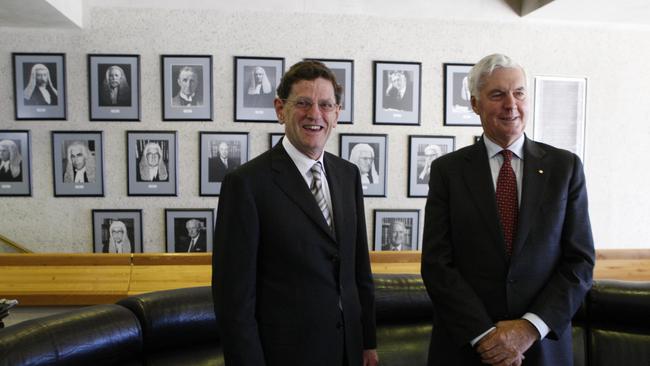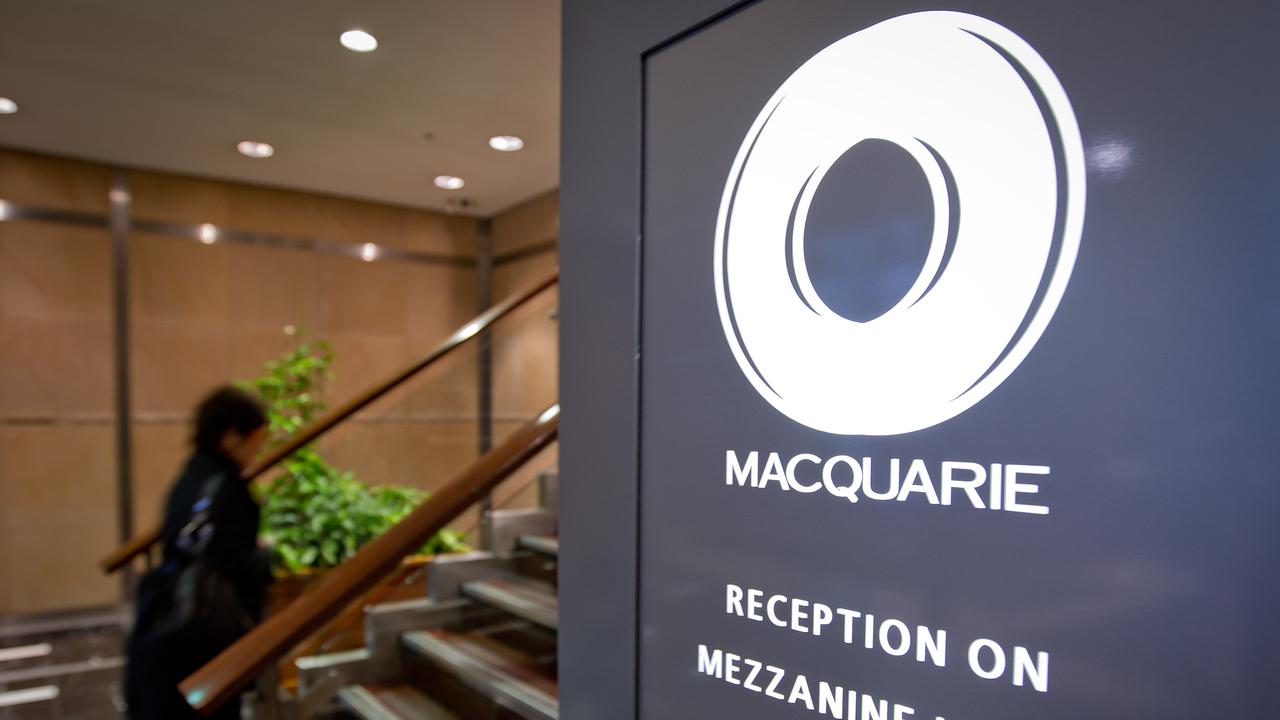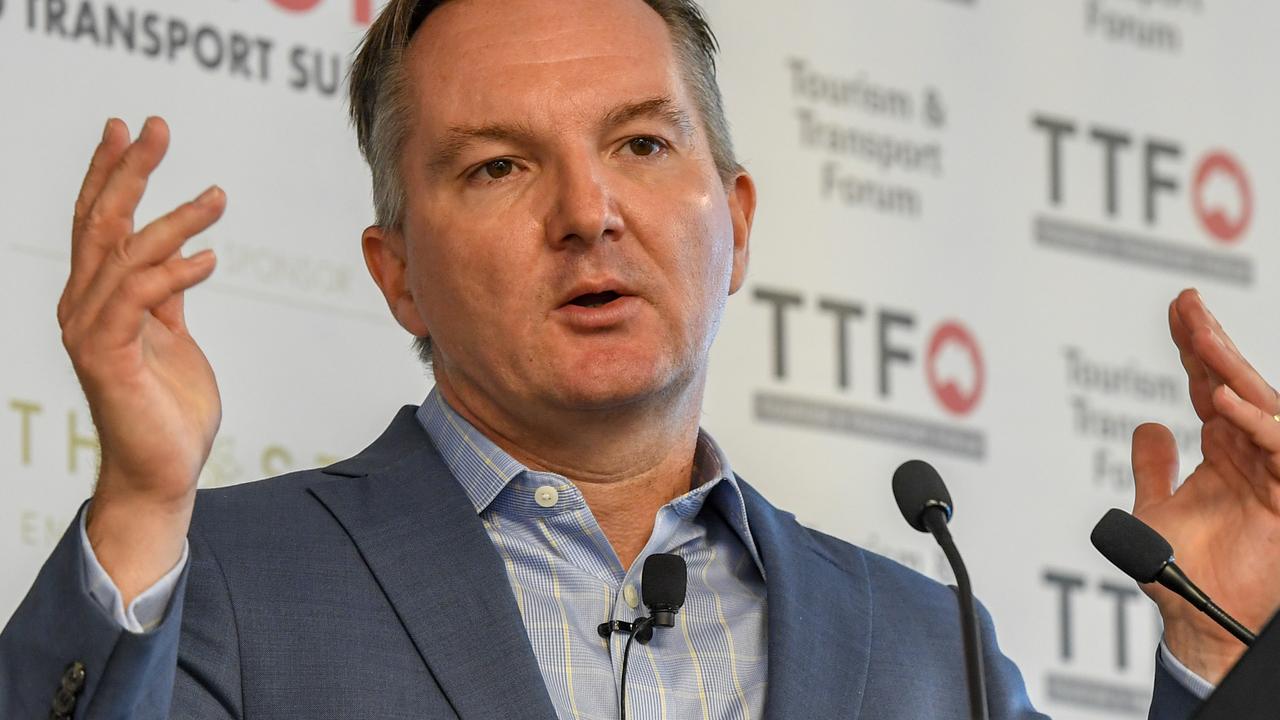High Court appointments a bigger deal than usual given stalemate
The political stalemate in Canberra makes the looming appointment of fresh faces to the High Court extremely important.

The election victory gave the Coalition and Attorney-General George Brandis the right to make the appointment of a new Chief Justice and a new High Court judge.
Given Parliament has become less effective, the nation-changing role of courts, and, particularly the High Court, will increase.
In just three months, the chief Justice of the High Court, Robert French, will retire and a new chief justice must be appointed prior to the 2017 legal year.
French’s retirement also means an additional judge must be appointed to the High Court bench.
All decisions from the High Court are based on law but when most cases reach the High Court both sides have clear merit. This gives judges great power.
Some judges stick closely to their view of the law while others allow their public policy views to influence their judgment.
Former deputy Prime Minister Tim Fischer once complained that the judges were making decisions on the basis of political rather than legal considerations, in other words, that they were engaging increasingly in judicial activism.
Not everyone in the Coalition has that view but, as in the US, inevitably political considerations will enter the decision making process for the Chief Justice and the new judge.
The current seven-member High Court bench has four ALP appointees and three from the Coalition. The 2017 High Court will comprise four Coalition and three ALP appointees — the new appointments will change the balance.
I should emphasise that at different times both sides of politics have appointed judges who have had strong public policy views.
The first alternative for Brandis is to appoint the next Chief Justice from the current bench, which means that Australia could have its first female Chief Justice because there are three women on the High Court bench.
Alternatively, Brandis and the Coalition could appoint a new Chief Justice from outside the bench.
The Rudd government appointed Robert French as chief justice from the Federal Court and the Howard government picked his predecessor Murray Gleeson from the NSW Supreme Court.
The third alternative is for the Coalition to appoint Brandis himself as Chief Justice.
Normally the judge to replace French on the bench would come from the Federal Court. But there is no certainty. To be eligible for a High Court appointment, a person must either be or have been a judge of another court, or have been a legal practitioner for more than five years.
There is a requirement for the federal attorney general to consult state counterparts but the Commonwealth minister does not have to follow their advice.
The High Court with Robert French as chief justice played a key role in shaping the nation. For example it struck down the Gillard government’s Malaysian refugee plan and the ACT same-sex marriage law.
There were also decisions on federal spending and applications of the rule of law to the states.
Under a new chief justice and with the addition of a new judge, 2017 High Court will, if anything, be even more important given the current stalemate in Parliament.







In the US, appointments to the Supreme Court are a hotly debated political issue. In Australia, debate is limited but there is no doubt that the looming appointments to our High Court have the potential to be nation-changing events.